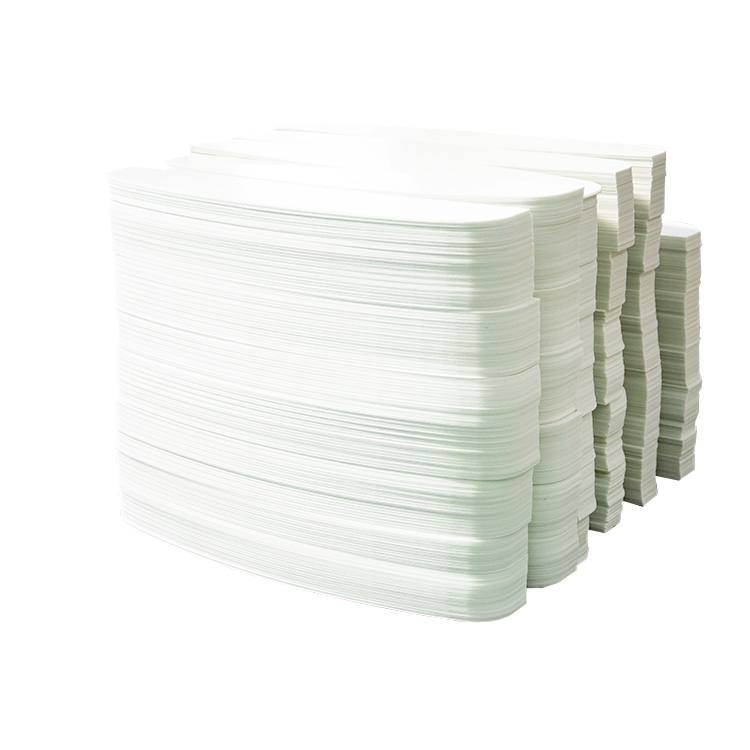GMT Material Production Process
The production process of GMT plastic sheets is divided into two methods: the dry process (melt impregnation) and the wet process (paper-making process).
The Melt Impregnation Process was developed in the early 1970s by American company PPG as a GMT production method. It resembles a sandwich structure where two layers of glass fiber mat are sandwiched between three layers of polypropylene resin, with molten polypropylene in the middle. The outermost layers can be either polypropylene film or molten polypropylene. This sandwich structure is then placed under temperatures slightly above polypropylene's melting point and compression-molded using a caterpillar press. After cooling, it is cut by a cutting machine into sheets of various specifications for use by molding manufacturers.
Advantages of the dry GMT process include: flexible combinations of matrix and reinforcement materials, high design freedom for performance, enhanced properties through matrix material modification, cost reduction via filler addition, and an environmentally friendly production process. When using this method, GMT material properties vary based on glass fiber type and fiber mat structure. For isotropic sheet properties, glass fiber mats employ completely random fiber orientation; for anisotropic properties, fibers are aligned directionally. During product molding: standard chopped strand mats or continuous fiber mats suffice for lower flow requirements, while specialized needle-punched mats made from glass fiber rovings or high melt-flow-index polypropylene are used for higher flowability.
The wet process (Paper Process), developed by France's Arjomari and UK's Wiggins Teaper, primarily features superior GMT material flowability, making it especially suitable for manufacturing complex geometric shapes and thin-walled structural components. This process disperses chopped glass fibers, PP resin, and dispersants in water using a homogenizer, followed by drying to remove dispersants. The dried sheets are then hot-pressed above PP's melting temperature to fuse. Characteristics include: uniform fiber-resin distribution, wide fiber content range (20-70%), and adjustable thickness (1.27-6.35mm).
Using the paper-making process for GMT materials allows glass fibers to uniformly disperse as reinforcement throughout sheets. Glass fiber content can be adjusted to produce sheets with varying densities and thicknesses according to performance requirements. Key advantages include flexible production and diverse product structures. Chopped fibers enable single-step molding of complex components, making this method preferable for intricate structures. The exceptional flowability of this GMT variant renders it ideal for fabricating complex geometries and thin-walled structures.




